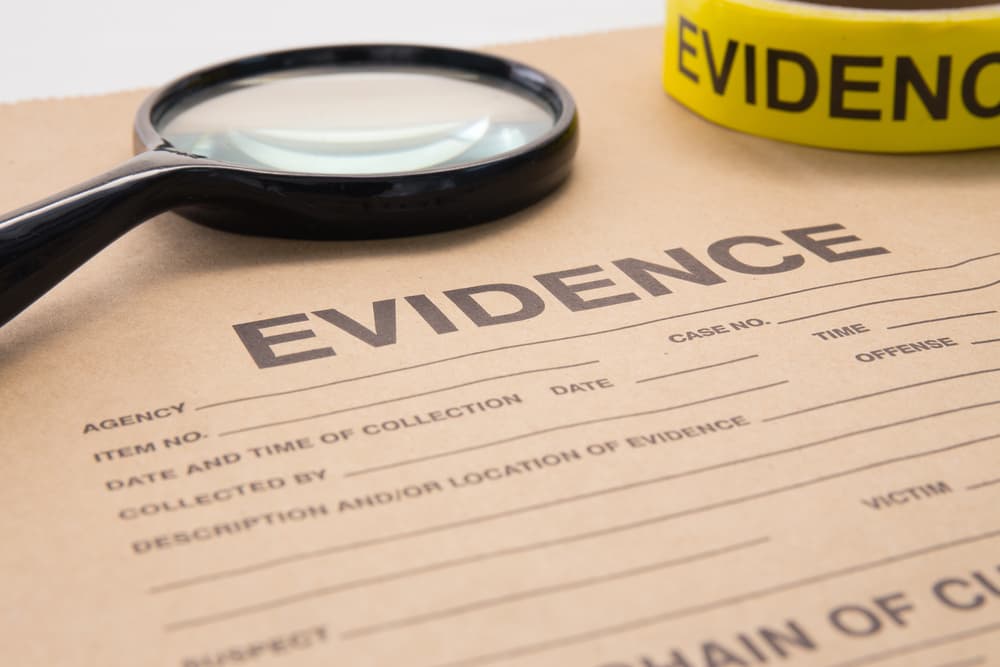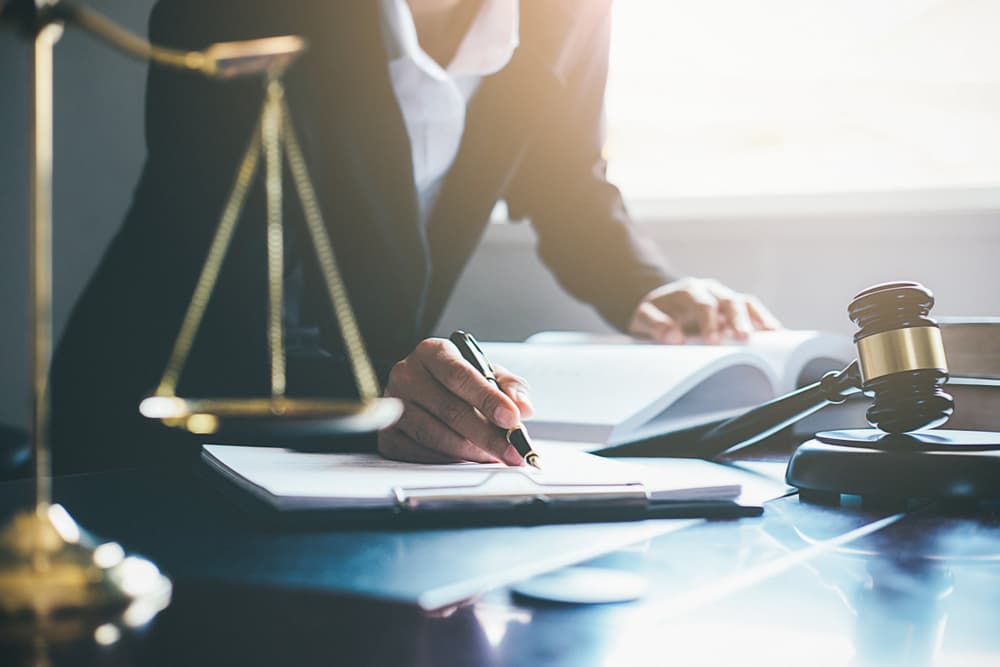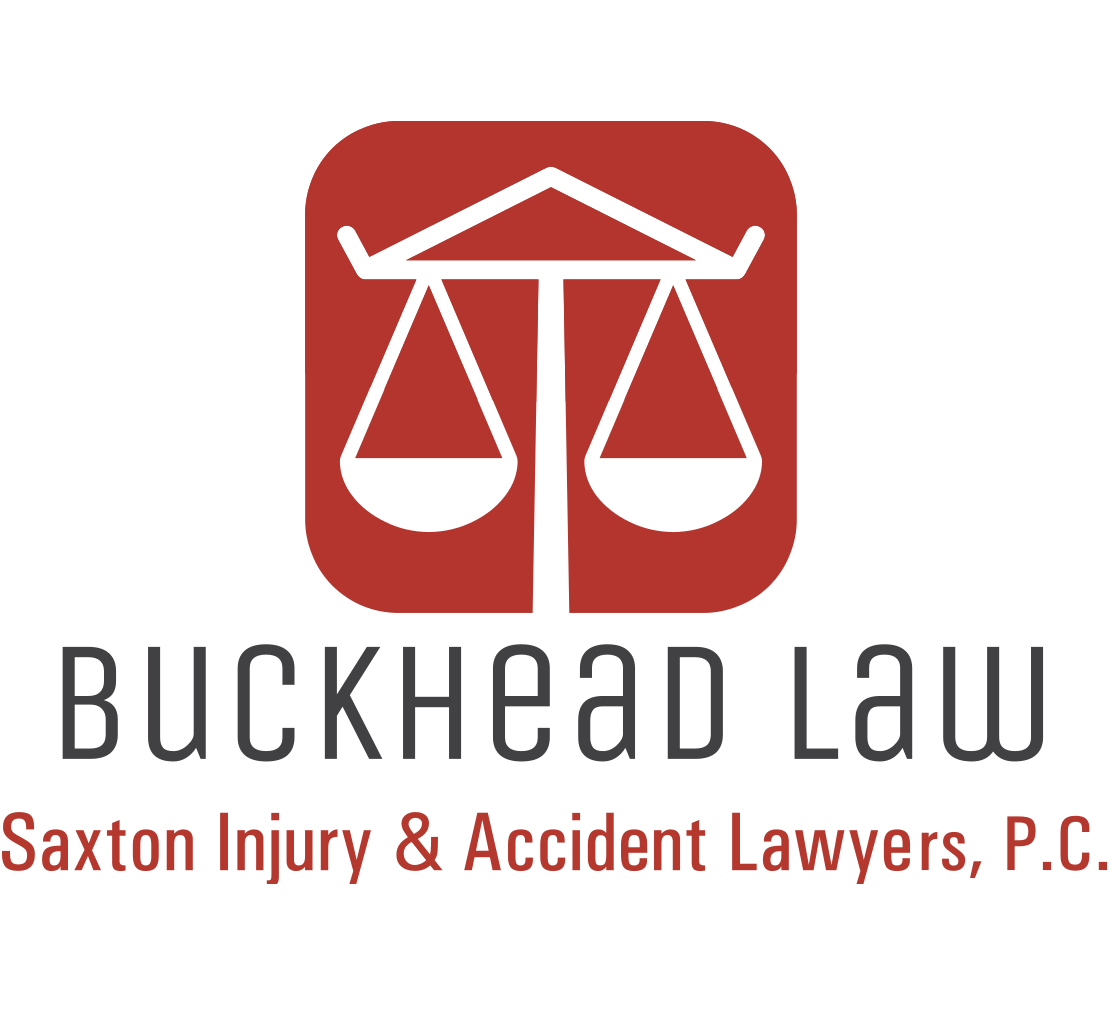If you sustained injuries in a motor vehicle accident that a negligent driver caused, you can receive various types of monetary compensation for your related medical expenses, lost income, and pain and suffering.
However, to recover monetary damages, you must satisfy the legal burden of proof in your case. To establish this burden, a knowledgeable car accident lawyer can introduce various types of evidence to the insurance company – or at trial – on your behalf.
After your accident, you need to retain an experienced car accident attorney who can handle your case for you as soon as possible. Your lawyer can promptly investigate the circumstances of your car accident and begin gathering the evidence necessary to satisfy your burden of proof.
Your attorney can then represent you during all subtle negotiations with insurance company adjusters and litigation proceedings in the court system.
Types of Car Accidents and Their Causes

Car accidents can occur for various reasons and may result in a range of consequences, from minor fender-benders to severe collisions causing injuries and fatalities.
Some of the most common types of car accidents that result from the negligence of other drivers include:
- Head-on collisions – In a head-on collision scenario, two vehicles collide front-to-front, often resulting in severe injuries or fatalities. These accidents typically result from drowsy driving, intoxicated driving, wrong-way driving, and attempting to pass other vehicles on narrow roads.
- T-bone (side-impact) collisions – In a T-bone or side-impact collision, a vehicle strikes another vehicle on its side, forming the shape of a letter T. These collisions typically result from other drivers running red lights or stop signs, failing to yield the right-of-way to other vehicles at the proper times, and making improper turns at traffic intersections.
- Rear-end collisions – Rear-end accidents frequently occur when one vehicle strikes the rear of the vehicle in front of it. These accidents typically result from distracted driving, tailgating (following other vehicles too closely), sudden stops, and adverse weather conditions.
- Sideswipe accidents – Sideswipe accidents happen when two vehicles traveling parallel to one another make contact along their sides. These collisions typically result from abrupt lane changes without checking blind spots, failing to signal, and distracted driving.
- Multi-vehicle pile-ups – Multi-vehicle pile-ups typically involve numerous vehicles colliding with one another, often on highways and other busy roads, due to the negligence of one or more drivers. These accidents are common when other drivers speed, drive aggressively, or violate other standard traffic laws.
- Parking lot accidents – These are typically low-speed collisions in parking lots and garages where drivers are constantly pulling into and out of parking spots. They frequently result from inattentive driving, failing to yield the right-of-way to other vehicles, and difficulty maneuvering in crowded spaces due to the large number of vehicles.
- Car and truck roll-over accidents – Motor vehicle roll-over accidents happen when a vehicle flips onto its side or roof. These accidents may result from high-speed turns, top-heavy vehicles, abrupt maneuvers, and failure to follow state and federal motor carrier regulations applicable to commercial vehicles. Moreover, when a vehicle overturns in the middle of the road, it can create a hazard for oncoming vehicles and lead to a massive, multi-vehicle pile-up.
- Single-vehicle accidents – A single-vehicle accident involves only one vehicle, such as hitting a stationary object or running off the road. These accidents typically result from distracted driving and intoxicated driving and may cause vehicle passengers to suffer serious injuries. When that happens, the injured passenger(s) may file a legal claim with the at-fault driver’s insurance company.
If you suffered injuries in one of these car accidents, it is important to consult with a skilled car accident attorney in your area as soon as you can. Your attorney can discuss your accident claim with you and begin gathering the documentation necessary to satisfy your legal burden of proof.
Using Evidence to Prove a Car Accident Legal Claim
In a car accident case, gathering and presenting compelling evidence is essential for establishing liability and recovering monetary compensation for damages.
You need evidence to build a strong car accident claim or lawsuit, including:
- Witness statements – Eyewitness testimonies can provide unbiased accounts of the events leading to a car accident. It is important that accident victims obtain contact information from any witnesses at the scene and, if possible, obtain written or recorded statements regarding their observations. Witness statements can corroborate or challenge the narratives of the parties involved.
- Photographic evidence – Clear and detailed photographs of the accident scene, damage to involved vehicles, and any relevant road conditions are invaluable. Photographs can visually illustrate the point of impact, the severity of damages, and the surrounding environment. They may also serve as powerful visual aids in demonstrating the circumstances and severity of the car accident.
- Medical records and bills – Medical treatment records and bills are crucial for establishing the connection between the accident and the injuries sustained. Medical documentation includes records of emergency room visits, hospitalization, surgeries, rehabilitation, ongoing medical treatment, physical therapy, and pain management. These records provide a clear picture of the physical and financial effects of the injuries. Moreover, if your car accident case goes to a civil jury trial, your lawyer can introduce medical records and/or medical bills into evidence.
- Police reports – Official police reports prepared at the accident scene provide a detailed account of the incident. They may also include information about the parties involved, eyewitness statements, the officer’s assessment of the scene, and any citations issued. Obtaining a copy of the police report is a key step in documenting the facts surrounding the accident and determining liability in the case.
- Expert testimony – Expert witnesses, such as accident reconstruction specialists or medical professionals, can provide specialized knowledge to support your legal claim. Accident reconstruction experts can analyze the available evidence and recreate the sequence of events leading up to your car accident. Similarly, medical experts can testify about the extent of your injuries and medical causation.
- Traffic violation citations – If the at-fault driver received one or more citations or traffic violations related to the accident, these documents may be strong evidence of negligence in a personal injury claim or lawsuit. This is especially true regarding citations for reckless driving, speeding, or failing to yield the right-of-way to another vehicle at the appropriate time.
- Vehicle damage documentation – Documentation of the extent of vehicle damage is essential. This can include photographs, repair estimates, and evaluations from auto mechanics. The degree of damage to the vehicles involved also helps insurance companies assess the impact and severity of the collision as a whole.
- Communications and correspondence – It is important that accident victims save any communications and correspondence related to their accident, including emails, text messages, or letters exchanged with the other party, insurance companies, and medical professionals. These communications can provide additional context and documentation of interactions relevant to the case.
- Cell phone records – In car accident cases involving distracted driving, an accident victim can obtain copies of the at-fault driver’s cell phone records to show that they were using their cellular device at a particular time, potentially causing or contributing to the accident.
What Is the Legal Burden of Proof in a Car Accident Case?
In a car accident claim or lawsuit, the injured accident victim has the sole legal burden of proof. Legally proving a car accident lawsuit involves presenting compelling evidence establishing liability and demonstrating the damages the injured party endured.
You must demonstrate the following legal elements in a successful car accident lawsuit:
- Duty of care – The foundation of a car accident lawsuit lies in establishing that the at-fault party owed a duty of care to others on the road. All drivers must exercise reasonable care and adhere to traffic laws to prevent harm to other drivers and passengers.
- Breach of duty – To prove negligence, the injured accident victim must legally demonstrate that the at-fault party breached their duty of care. This breach may involve violating traffic laws, engaging in reckless driving, or failing to take reasonable precautions to prevent a traffic accident from occurring.
- Causation – Establishing a direct link between the at-fault party’s breach of duty and the resulting car accident is crucial. The injured accident victim must demonstrate that the negligent actions were a substantial factor in causing the collision and subsequent injuries.
- Damages – Proving damages is essential for successfully recovering monetary compensation in a car accident lawsuit. Damages may include medical expenses, property damage, lost income, pain and suffering, and other losses directly resulting from the accident.
By meticulously gathering and presenting evidence in a car accident case, the legal claim or lawsuit is more likely to succeed. A qualified personal injury lawyer can ensure the proper presentation of evidence and advocate for fair monetary compensation on your behalf.
Recovering Monetary Damages through Settlement or Litigation

Monetary damages in a car crash claim or lawsuit aim to compensate the injured accident victim for various losses resulting from the accident. These monetary damages may cover both economic and non-economic losses, providing a means for the injured individual to recover and move forward with their life.
Depending upon the extent of their injuries – and the total cost of their medical treatment – injured accident victims can recover monetary compensation:
- Pain and suffering – Non-economic damages such as pain and suffering aim to compensate accident victims for the physical and emotional distress resulting from their car crashes. This includes the immediate pain they experience after their accident and any long-term or chronic suffering they experience.
- Medical expenses – One of the primary components of damages includes reimbursement for medical expenses incurred due to injuries sustained in the car crash. These damages encompass expenses such as hospital bills, doctor visits, medications, physical therapy, surgery, pain management, and ongoing medical care.
- Lost income and loss of future earnings – If an injured party cannot work due to the car crash, they may seek compensation for lost income. Additionally, if the injuries result in long-term or permanent impairment affecting future earning capacity, damages may cover these anticipated financial losses.
- Property damage – Damages related to property encompass the costs associated with repairing or replacing a vehicle. These damages may also extend to personal property inside the vehicle that incurred damage due to the accident.
- Loss of consortium – In cases where an accident victim’s physical injuries affect their personal relationships with others, a spouse or family member may seek damages for loss of consortium. These damages include monetary compensation for loss of support, companionship, or intimacy due to car-crash-related injuries.
- Emotional distress – Injured accident victims may receive monetary damages for emotional distress, including depression, anxiety, or post-traumatic stress disorder (PTSD) stemming from the traumatic nature of their car accident.
- Funeral and wrongful death damages – In the unfortunate event of a fatal car crash, surviving family members may pursue damages for funeral expenses and wrongful death. This compensation aims to alleviate the financial burdens associated with the sudden loss of a loved one.
Specific damages a car accident victim receives will vary based on the circumstances of the car crash, the severity of injuries, and the applicable laws in the jurisdiction.
A knowledgeable and compassionate personal injury attorney can file the appropriate claim or lawsuit to pursue the economic and non-economic damages you need for your injuries.
Talk to a Car Accident Lawyer in Your Area Today

If you recently sustained injuries in a car crash, you need to immediately talk with an experienced personal injury lawyer about your legal matter. Your lawyer can begin gathering the necessary evidence to prove your case, assemble a settlement demand package, and handle all negotiations with insurance company representatives.
If the insurance company does not take your car accident case seriously, your lawyer can litigate your case to a resolution in court and maximize your overall monetary damages.
